We occasionally link to goods offered by vendors to help the reader find relevant products. Some of these may be affiliate based, meaning we earn small commissions (at no additional cost to you) if items are purchased. Here is more about what we do.
Once upon a Thai food, there was a girl who ate too many noodles.
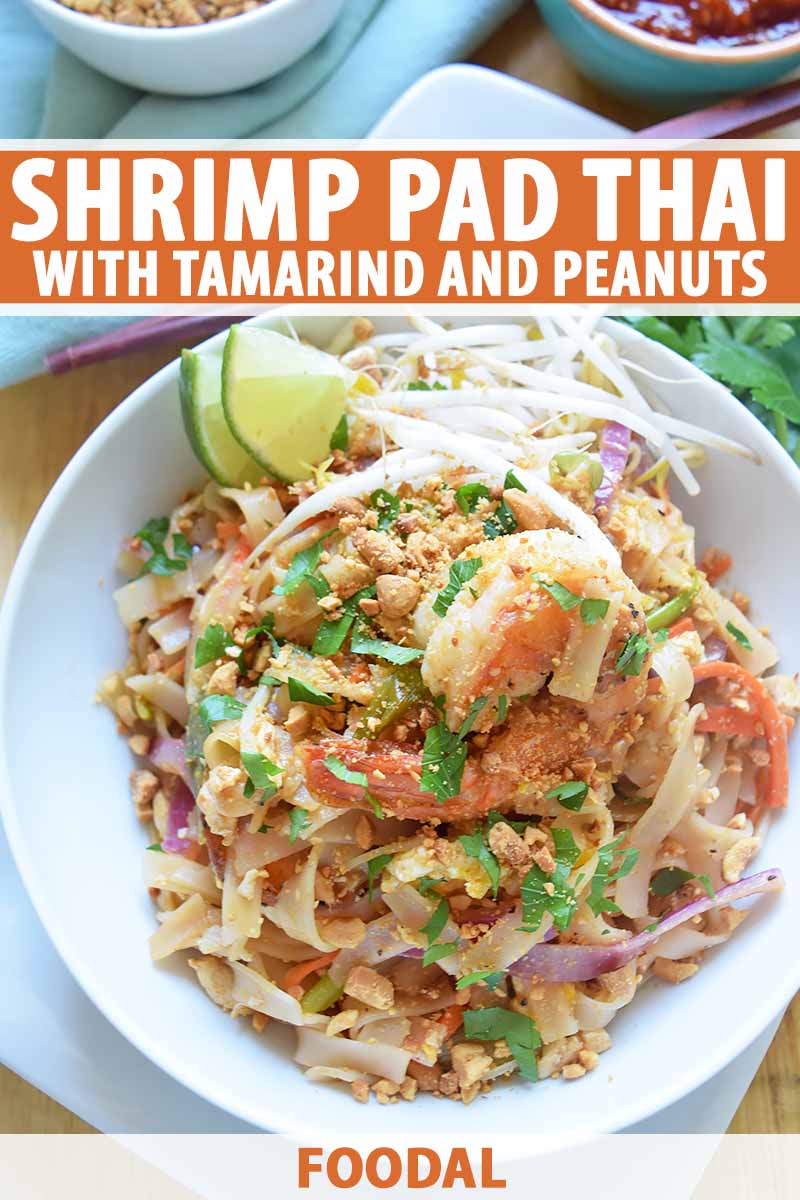
Her over-consumption wasn’t necessarily forced upon her, but it also wasn’t by choice.
This story is getting too cryptic… Let me start over.
When I was in college, my roommate was absolutely infatuated with pad Thai. I was a fairly adventurous eater and always adored the sweet-and-sour flavors of Far Eastern cuisine, so I didn’t mind.
At least not at first.
We lived in various houses and apartments over the years and spent nearly every waking moment together. We shared laughs over rom coms, cheap, watered-down keg beer, and most importantly, spicy, oversized to-go containers of pad Thai.
I was introduced to her Thai food obsession early on in our friendship. While she also raved about her mother’s scratch-made southern staples (shrimp and grits, fried squash, and the like), nothing grounded her like a tangy, citrusy bowl of rice noodles with crushed peanuts sprinkled on top.
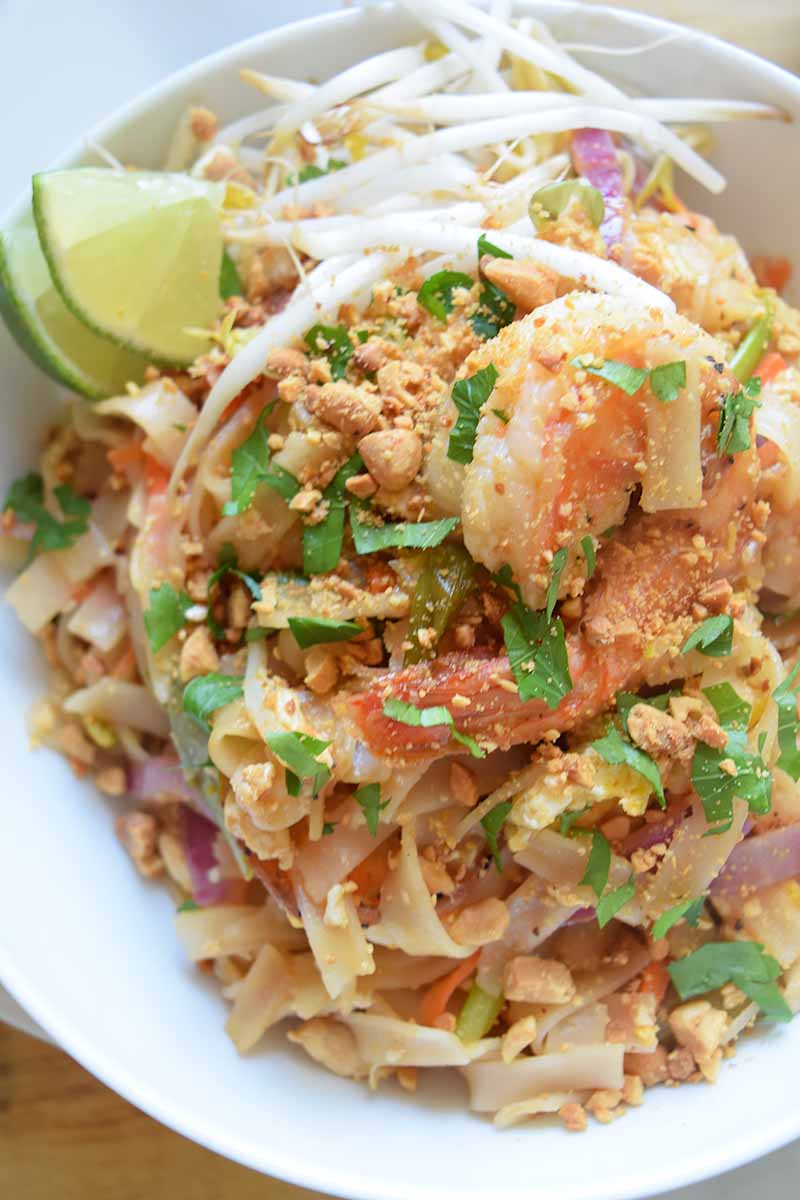
We devoured the dish so often that when I would occasionally go home on the weekends to visit my parents, I would beg of them, “No Thai food, please!” I thought that if I saw one more spring roll, my body would melt into a sticky pool of sweet chili sauce.
After we graduated, the years passed and we drifted apart, as many twenty-something friends do. Once I was no longer bound to consume Thai food regularly, something strange began to happen.
I started craving it.
Out of nowhere, one day I woke up and realized that pad Thai had become my comfort food.
On a nervous trip to New York for work, nothing soothed me like curling up in a massive king-size hotel bed with a takeout box of tart, salty noodles and a pile of juicy lime wedges.
When my husband began traveling for a new job, my weekly treat became spicy shrimp pad Thai from the humble hole-in-the-wall just outside our neighborhood.
Once pad Thai became a vital part of my self-care regimen, I went on a mission. I had to learn how to make it for myself.
The right way.
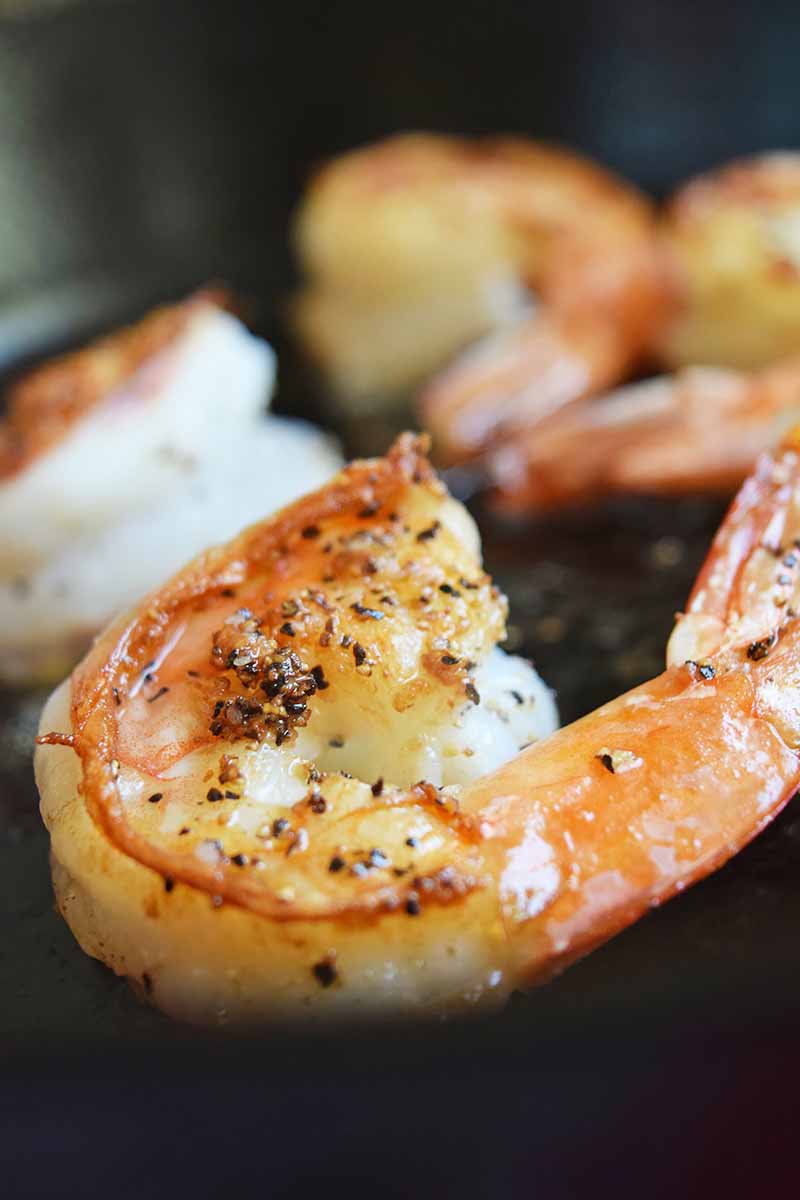
After a dozen experiments that all produced a fairly “meh” result, I discovered that the secret shortcut was this: there was no secret shortcut.
Let’s start with the heart of the sauce. Tamarind.
Feel free to fall into one of the internet’s many rabbit holes where you’ll find endless suggestions for tamarind substitutes. From ketchup to balsamic to Worcestershire and beyond, coming up with potential alternatives is certainly not a challenge.
But since none of them can correctly mimic the perfectly potent, sensationally sour notes of tamarind, I would say they’re not worth your time.
Fresh tamarind pods aren’t hard to find, and I stumbled right into them at my regular grocery store. But the process of extracting the paste was a bear.
Jarred tamarind concentrate is the good stuff, and I can get it easily at my local Asian market. You can also always count on Amazon.
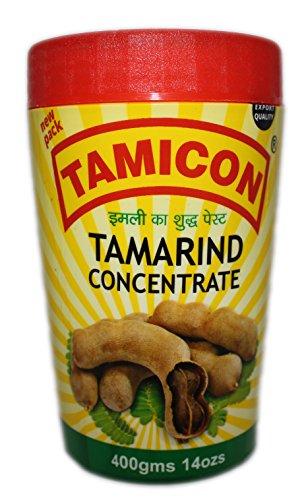
Tamicon Tamarind Concentrate, available on Amazon
Though I believe there’s a whole cast of supporting characters that make up the background flavors of pad Thai, if I had to break it down, I would dub the following four ingredients the “stars.”
They are tamarind concentrate, coconut palm sugar, fish sauce, and fresh lime juice.
Since fish sauce and limes are a snap to locate in a standard supermarket, let’s talk about palm sugar. If there’s any ingredient I would deem okay to tinker with here, this is the one.
Before I discovered a bulk bin of coconut palm sugar at my favorite organic food market (rhymes with Shmole Shmoods), I used brown sugar as the source of sweetness in my homemade pad Thai.
Since the amount I needed was minimal, brown sugar worked like a charm and didn’t compromise the integrity of the dish (the way it would had I, for example, used ketchup – bleh).
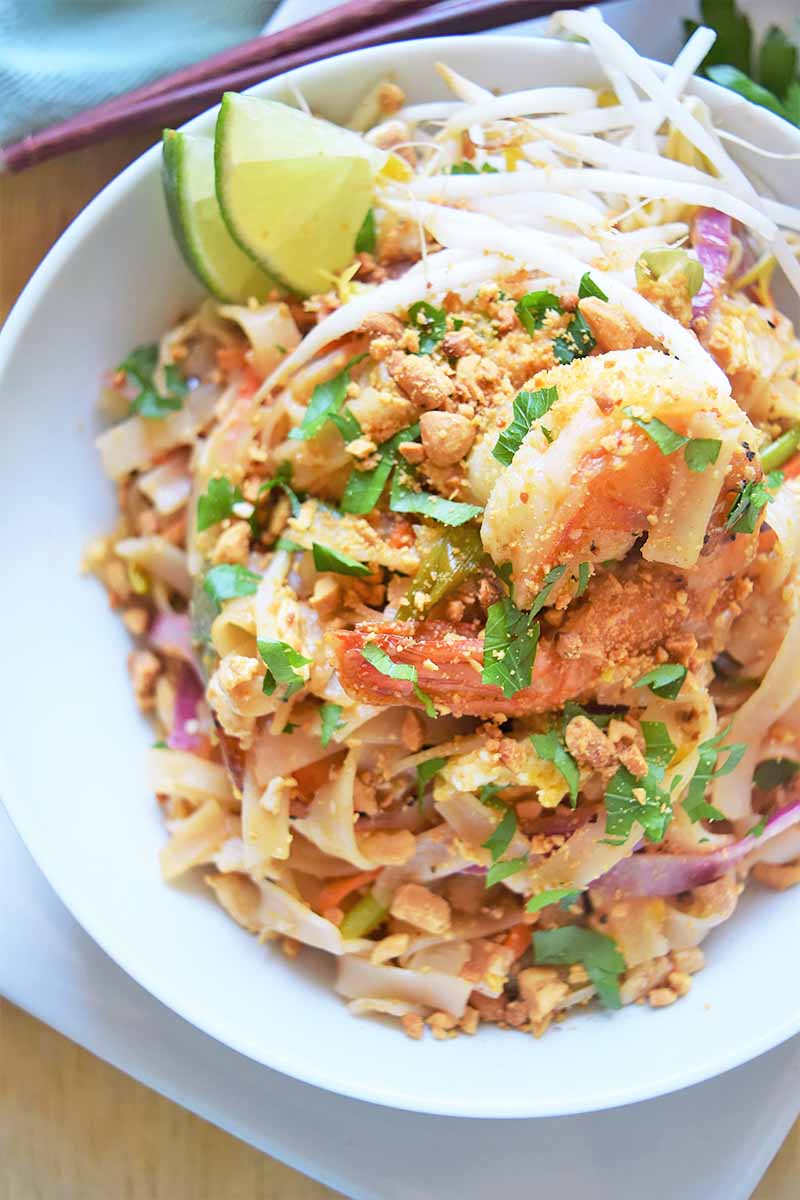
Both coconut palm sugar and regular palm sugar are distinctive thanks to their caramel notes, which is why brown or even date sugar make pretty solid substitutes. I know white cane sugar is probably already in your pantry – don’t do it.
Trust me.
Once the thick, tart tamarind, nutty coconut palm sugar, salty fish sauce, and bright lime come together, you’re just minutes away from a beautifully balanced bowl of pad Thai.
Everyone’s palate is different, but I marvel at big, acidic punches of flavor. My taste buds are more apt to be sparked by things that are sour, spicy, and bright, so I unapologetically reach for hefty dashes of delicate rice vinegar and chili garlic paste to give my pad Thai some extra oomph.
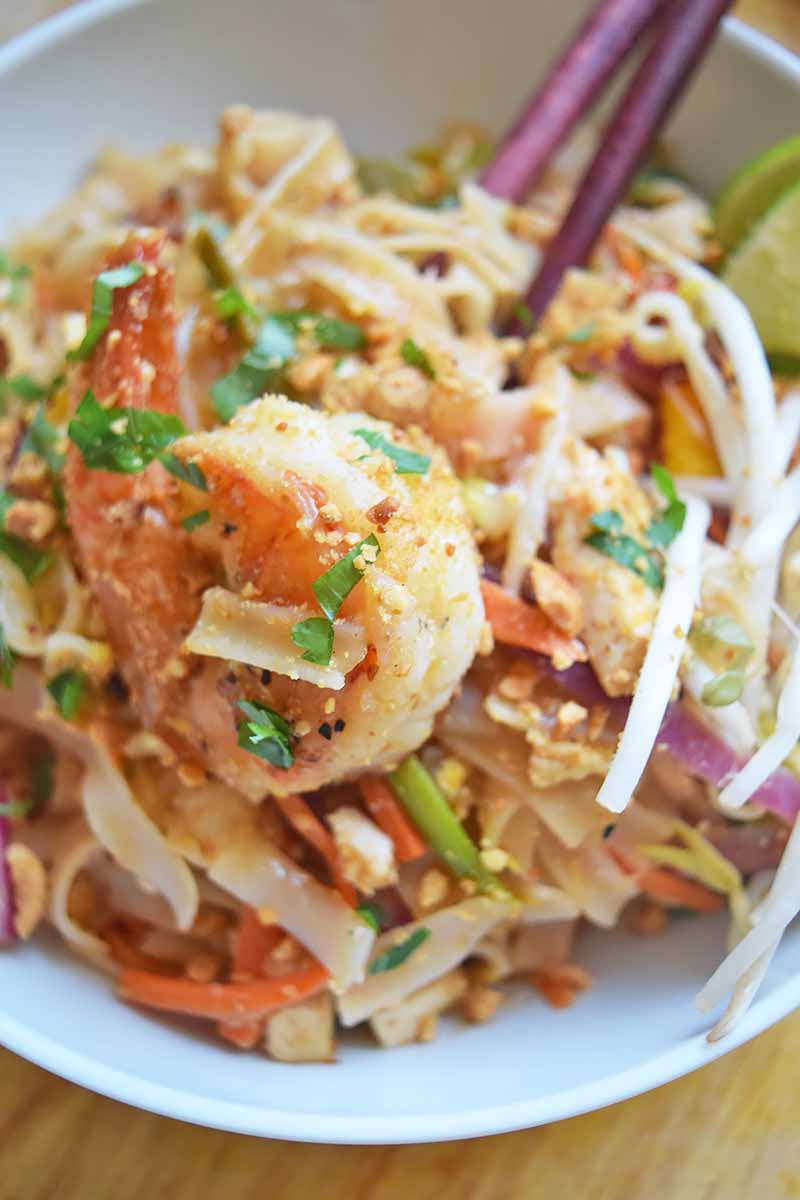
Throw in juicy shrimp, silky tofu, sweet red onion, crunchy toasted peanuts, and oniony scallions, and I’m in my happy place.
Somewhere out there, I bet my roommate is, too.
Print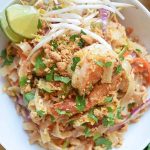
Shrimp Pad Thai with Tamarind and Peanuts
- Total Time: 55 minutes
- Yield: 4 servings 1x
Description
Toss the takeout menus. This authentic shrimp pad Thai is a citrusy, salty, sweet-and-sour comfort food dish you can whip up at home.
Ingredients
- 3 limes
- 1/4 cup tamarind concentrate
- 3 tablespoons coconut sugar
- 3 tablespoons fish sauce
- 2 tablespoons unseasoned rice vinegar
- 1 tablespoon chili garlic paste, plus more for serving (optional)
- 1 16-oz package Thai rice noodles
- 16 raw jumbo shrimp, deveined with tails on
- 1/2 teaspoon coarse salt
- 1/2 teaspoon freshly ground black pepper
- 2 tablespoons neutral oil (such as vegetable, sunflower, or grapeseed), divided
- 1/2 cup unsalted peanuts
- 1 small bunch scallions, white and light green parts only, divided
- 1/2 small red onion, thinly sliced
- 2 medium cloves garlic, minced
- 1/3 cup extra-firm tofu, sliced into thick matchsticks
- 1/3 cup carrots, julienned into matchsticks
- 1 cup bean sprouts, divided
- 1 large egg
- 1/4 cup chopped fresh cilantro
Instructions
- Juice 2 limes. Cut the third into wedges for garnish.
- To make the Pad Thai sauce, whisk together the tamarind concentrate, coconut palm sugar, fish sauce, rice vinegar, and lime juice in a small bowl. If you want your sauce to be a little spicy, add 1 tablespoon chili garlic paste. Set aside.
- Soak the dry noodles in hot water as per package instructions until al dente. Drain, rinse with cool water, and set aside.
- Preheat the oven to 325°F.
- Spread the peanuts onto a baking sheet and roast, tossing once halfway through, until very fragrant and golden brown, about 8-10 minutes. Allow the peanuts to cool, and then finely crush them using a rolling pin or a mortar and pestle.
- Season the shrimp on both sides with the salt and pepper. Heat a wok or large skillet over medium-high heat and add one tablespoon of the oil. Sear the shrimp until they’re bright pink and a light crust forms, about 1 1/2 minutes per side. Remove the shrimp and set aside.
- Add 1/2 tablespoon oil to the pan, then add half of the scallions, the red onions, garlic, and tofu. Toss and stir-fry the veggies until lightly golden brown, about 1 minute.
- Add the drained noodles and stir quickly to prevent sticking. Add the pad Thai sauce, shrimp, carrots, remaining scallions, and half of the bean sprouts and continuously toss and stir-fry the mixture until everything is thoroughly coated in the sauce, about 1 minute.
- Push the noodles aside to make a small well in the center of the pan. Add the remaining 1/2 tablespoon oil and then the egg. Once the white starts to cook, scramble the egg until it’s almost set, then fold it into the noodles.
- Divide among 4 bowls and garnish with the crushed peanuts, remaining bean sprouts, and cilantro. Serve with lime wedges and extra chili garlic paste.
- Prep Time: 25 minutes
- Cook Time: 30 minutes
- Category: Noodles
- Method: Stovetop
- Cuisine: Thai
Keywords: pad Thai, tamarind, rice noodle, peanut, shrimp
Cooking By the Numbers…
Step 1 – Make the Sauce
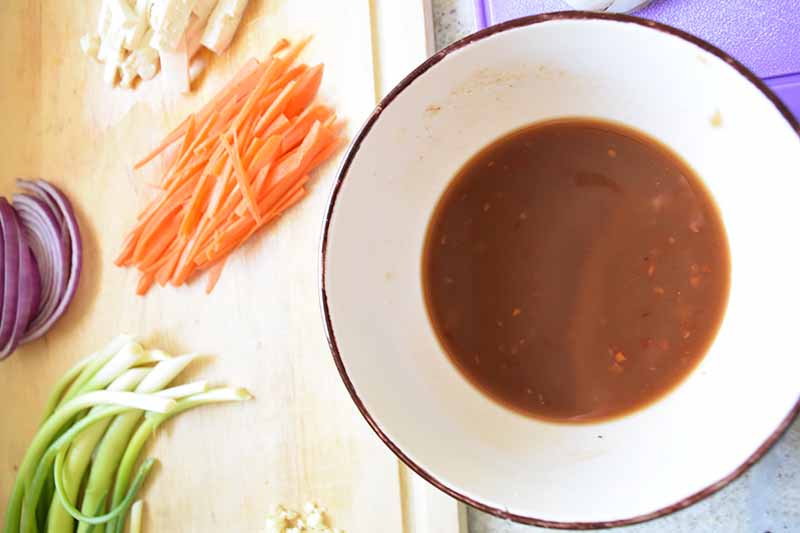
In a small bowl, whisk together the tamarind concentrate, coconut palm sugar, fish sauce, rice vinegar, and juice of 2 limes.
For a spicier sauce, add 1 tablespoon chili garlic paste. Set aside.
Step 2 – Soak the Noodles
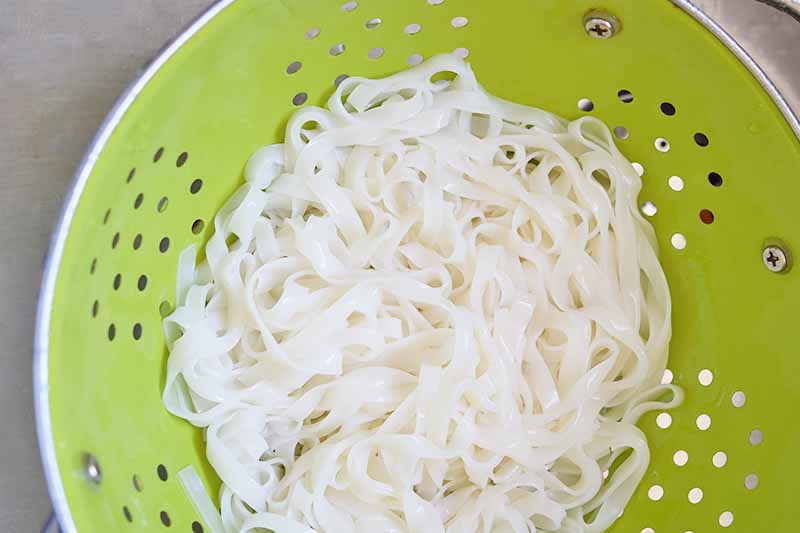
Soak the dry noodles in hot water as per the package instructions, until al dente. Drain in a colander, rinse with cool water, and set aside.
Step 3 – Roast and Crush the Peanuts
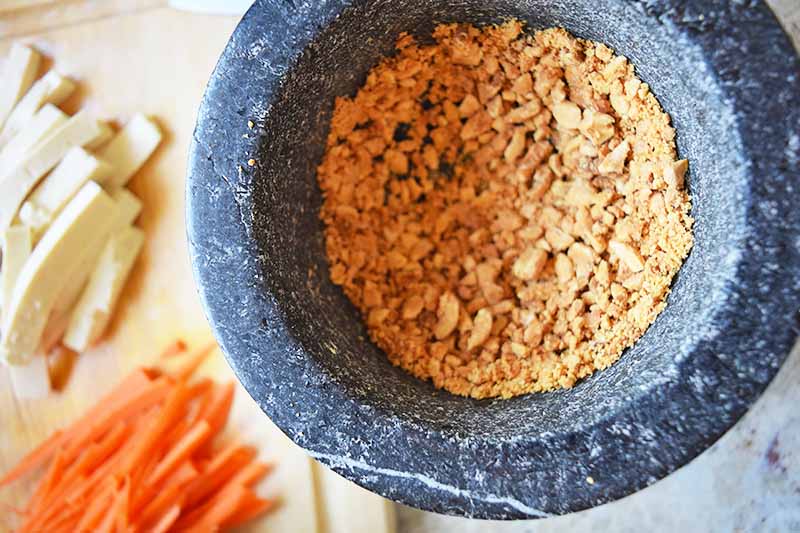
Preheat the oven to 325°F.
Spread the peanuts onto a baking sheet and toast, tossing once halfway through, until very fragrant and golden brown. This will take about 8-10 minutes. Be sure to keep an eye on them, so they don’t burn!
Set the peanuts aside to cool, and then finely crush them with a rolling pin or a mortar and pestle.
For easier cleanup, you can place the cooled peanuts in a plastic storage bag, wrap it in a dish towel, and crush using a rolling pin or wine bottle.
Step 4 – Season and Cook the Shrimp
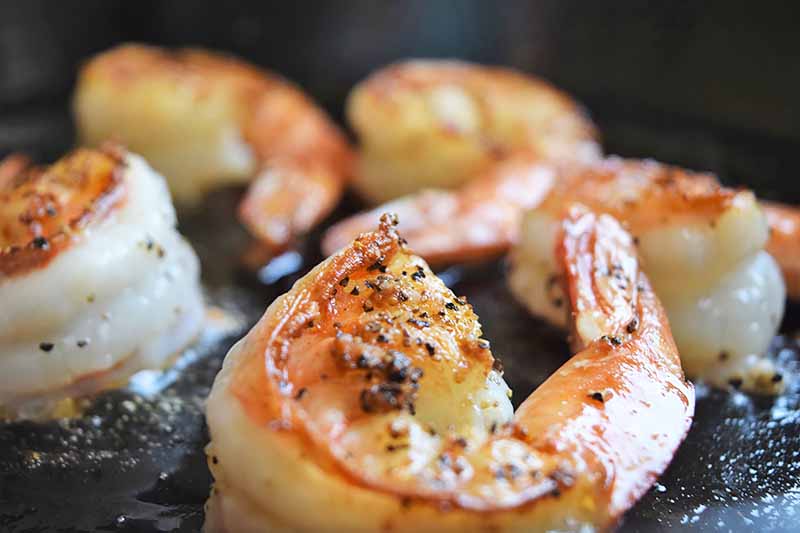
Season the shrimp on both sides with salt and pepper.
Heat a wok or large skillet on medium-high heat and add one tablespoon of the oil.
Sear the shrimp until they’re bright pink and a light crust forms on the outside, about 1 1/2 minutes per side. Remove the shrimp from the pan and set aside.
Save those shells to make a homemade seafood stock!
Step 5 – Chop and Measure Aromatics and Remaining Stir-fry Ingredients
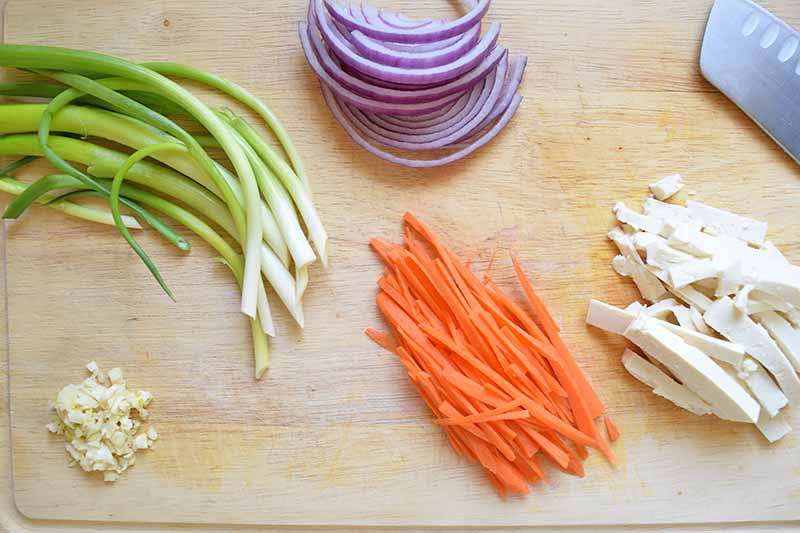
Chop the scallions, red onions, tofu, carrots, and garlic.
For a nice presentation and a dish that cooks evenly throughout, do this carefully, to create uniform pieces.
Using a sturdy cutting board and a sharp chef’s knife, cut the white and green portions of the scallions diagonally, into thick pieces. Thinly slice the onion.
Get out your vegetable peeler and peel the carrot, then julienne into thin matchsticks. Keep the carrots separate, since you will add them a little later than the other ingredients.
Drain the tofu, and press it between layers of paper towels to remove excess water. Cut it into thick matchsticks.
Finely mince the garlic, or push it through your garlic press.
Step 6 – Stir-fry the Aromatics and Tofu, and Add the Noodles
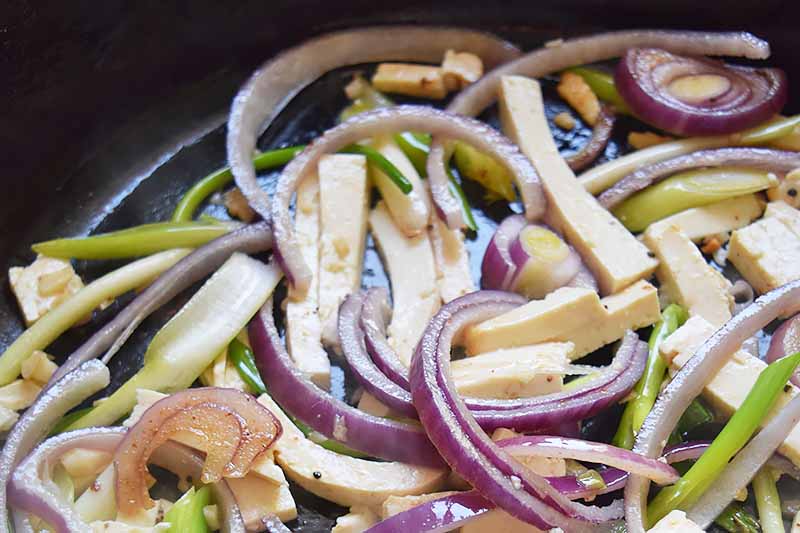
Add 1/2 tablespoon oil to the pan, and place it back over medium-high heat. Once it’s hot, add half of the scallions along with the red onions, garlic, and tofu.
Toss and stir-fry the veggies and tofu until lightly golden-brown, for about 1 minute.
Add the drained noodles and stir the mixture quickly, to prevent sticking.
Step 7 – Add Sauce and Egg
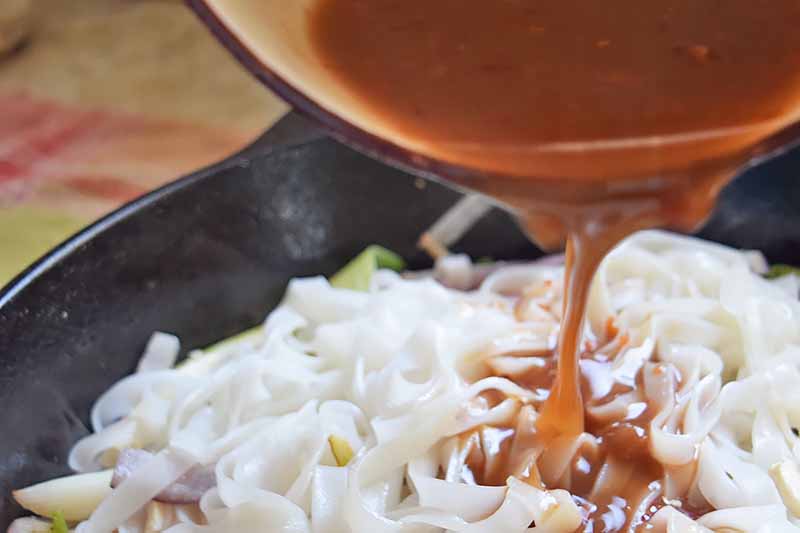
Add the sauce, shrimp, carrots, remaining scallions, and about half of the bean sprouts. Continuously toss and stir-fry the mixture until everything is thoroughly coated, for about 1 minute.
Push the noodles aside to make a small well in the center of the pan. Add the remaining 1/2 tablespoon oil, and then the egg. To avoid adding any shell fragments to your meal, crack the egg into a cup or bowl first, then add it to the pan.
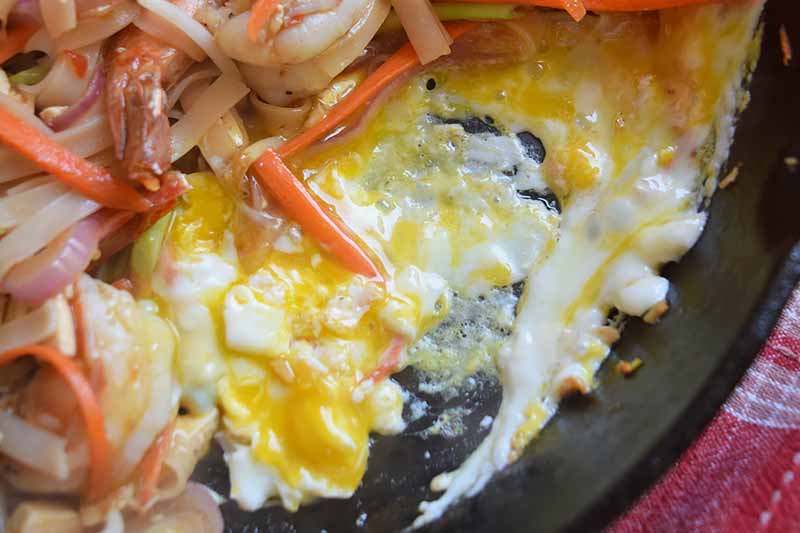
Once the white starts to cook, scramble the egg until it’s almost set, and then fold it into the noodles.
Step 8 – Prep the Garnish and Plate the Noodles
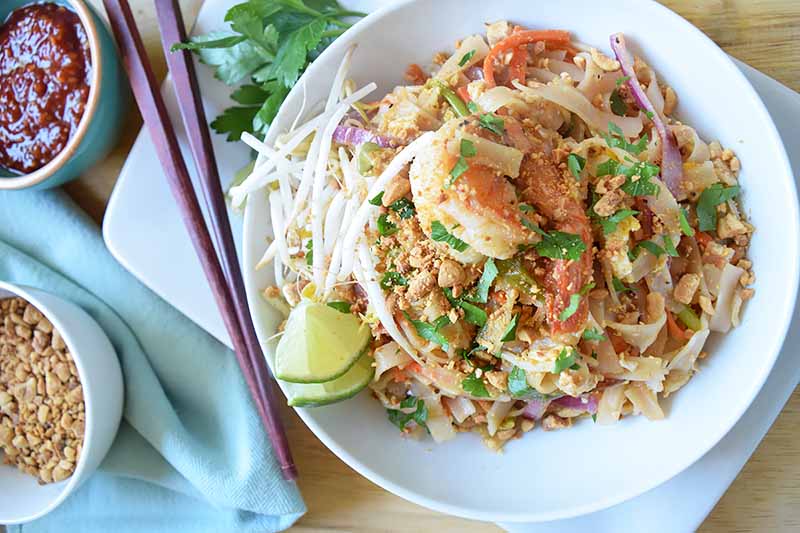
Chop the cilantro and lime wedges.
Divide the noodles among four bowls and garnish with the crushed peanuts, remaining bean sprouts, and cilantro. Serve with lime wedges and extra chili garlic paste.
Stop Noodling Around with Takeout
Sure, picking up the phone (or tapping your way through a takeout app) means that you don’t even have to get off of the couch to enjoy dinner.
But once you see how easy it is to whip up your own wildly flavorful pad Thai from scratch, you’ll be ditching those delivery charges and never looking back.
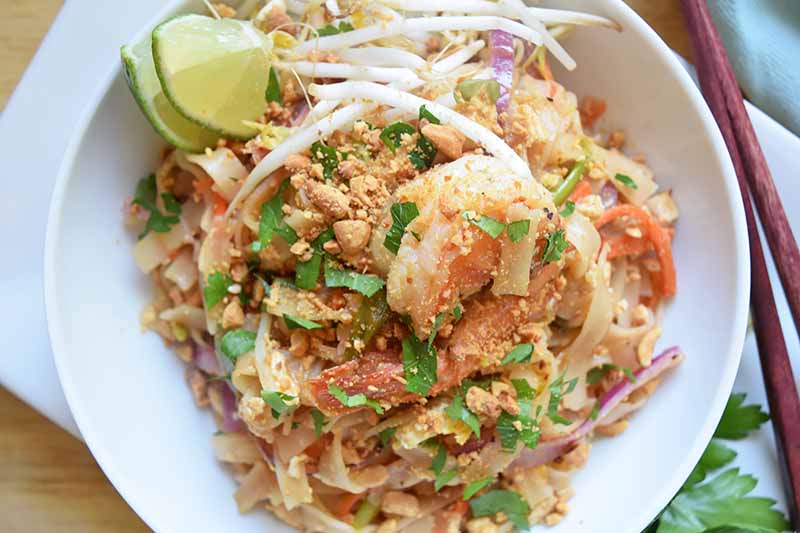
Like a sweeter sauce? Up the coconut palm sugar content. Got cilantro haters in the house? Go for chives instead.
Did this Far East experience spark a craving you can’t get out of your head? Take a peek at these tasty Thai-inspired suggestions to further inspire your culinary creativity:
- Gluten-Free Veggie Packed Pad Thai with Seared Tofu
- Thai Noodle Bowls with Chicken
- Shrimp with Red Chili Coconut Sauce
But if you are craving seafood and noodles from a different region’s cuisine, make our spicy Italian Shrimp Fra Diavolo!
Which protein makes your pad Thai complete? Do you like to add a little chicken to the mix? Share your favorite ways to bulk up this classic in the comments below! And don’t forget to give this recipe a five-star rating if you loved it.
Photos by Fanny Slater, © Ask the Experts, LLC. ALL RIGHTS RESERVED. See our TOS for more details. Product photo: Tamicon. Originally published on August 14, 2012. Last updated October 29, 2019. With additional writing and editing by Allison Sidhu.
Nutritional information derived from a database of known generic and branded foods and ingredients and was not compiled by a registered dietitian or submitted for lab testing. It should be viewed as an approximation.
About Fanny Slater
Fanny Slater is a home-taught food enthusiast based in Wilmington, North Carolina who won the “Rachael Ray Show” Great American Cookbook Competition in 2014, and published her cookbook “Orange, Lavender & Figs” in 2016. Fanny is a food and beverage writer, recipe developer, and social media influencer. She was a co-host on the Food Network series “Kitchen Sink,” was featured on Cooking Channel’s longtime popular series “The Best Thing I Ever Ate,” and continues to appear regularly on the “Rachael Ray Show.”

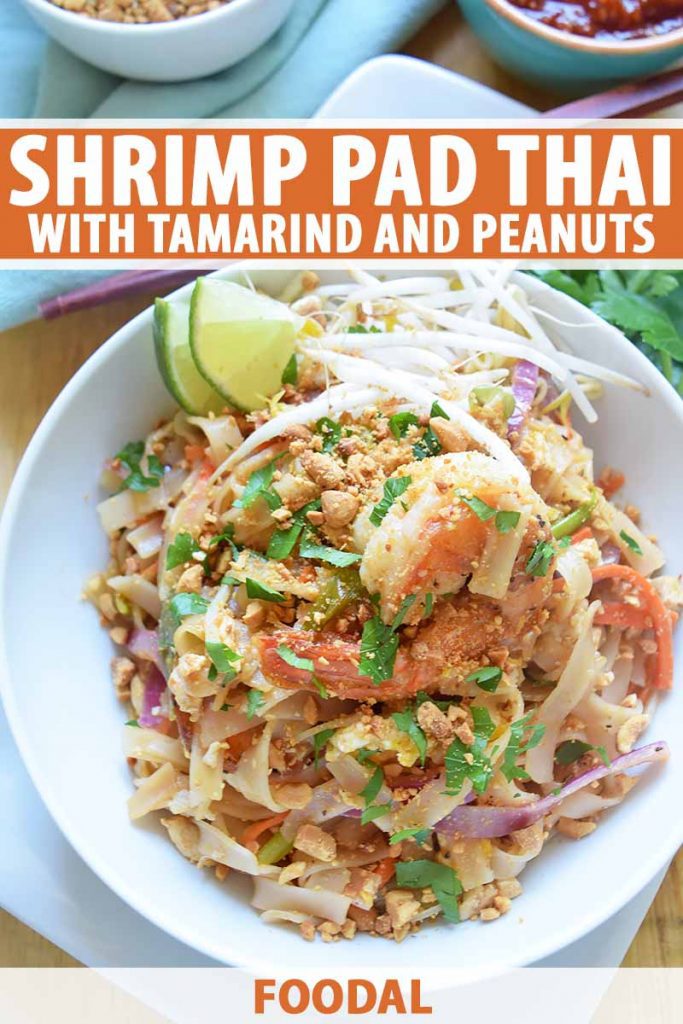
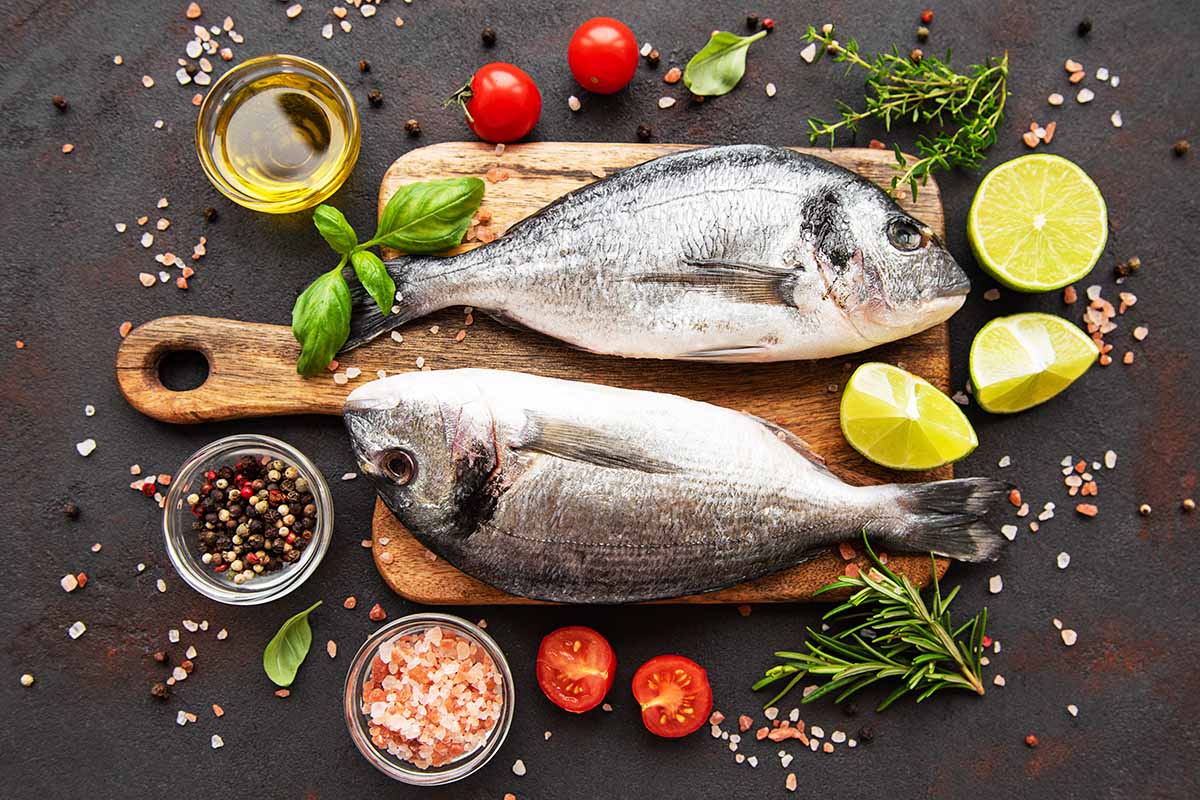
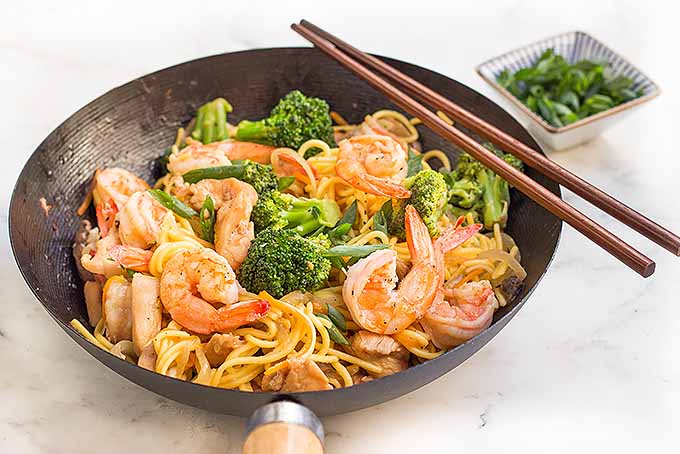
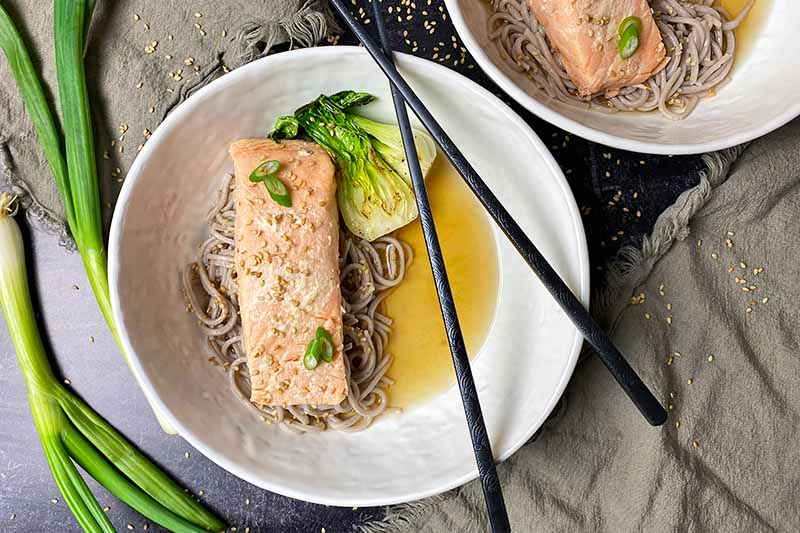
A lovely recipe with attention to detail on the particular taste of the dish. Much appreciated.